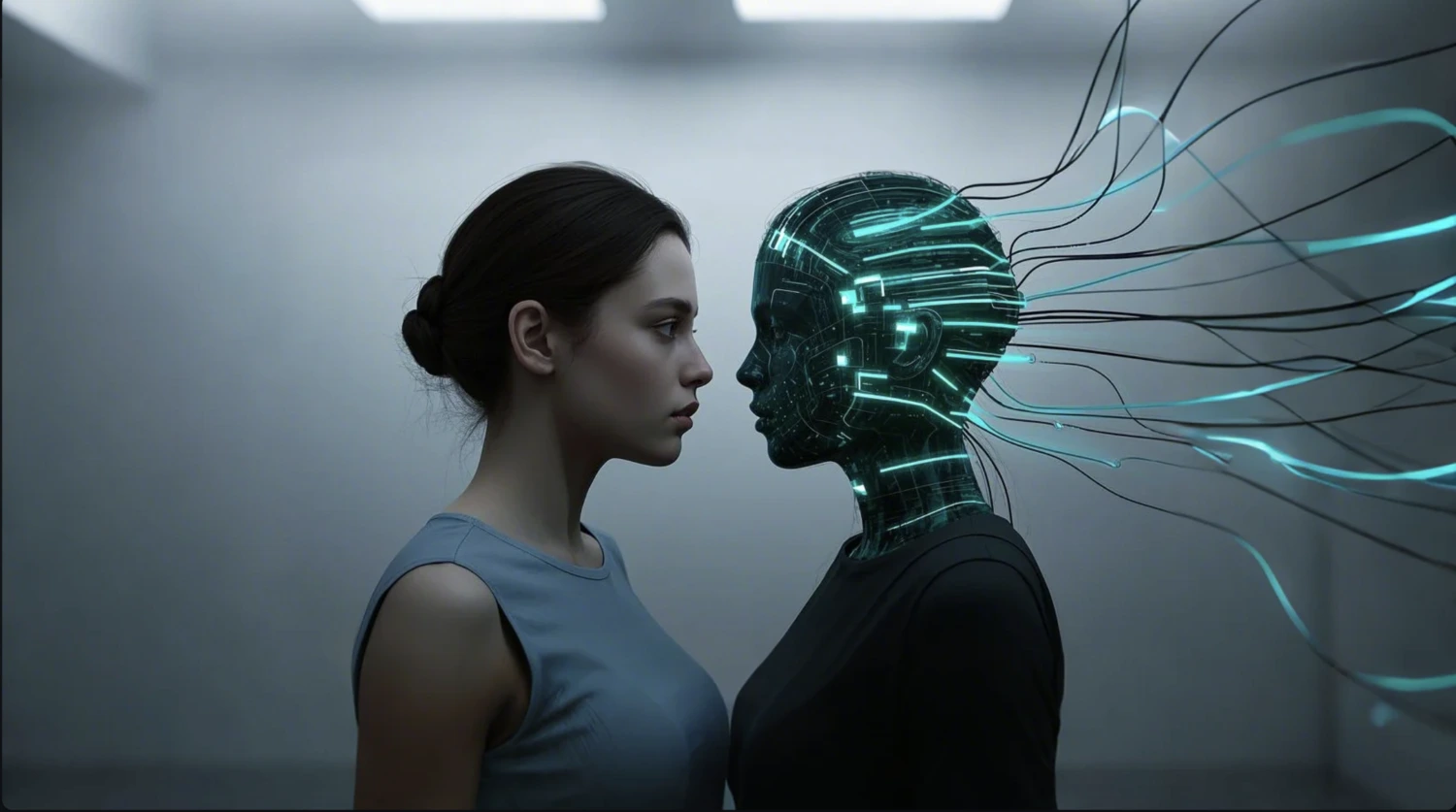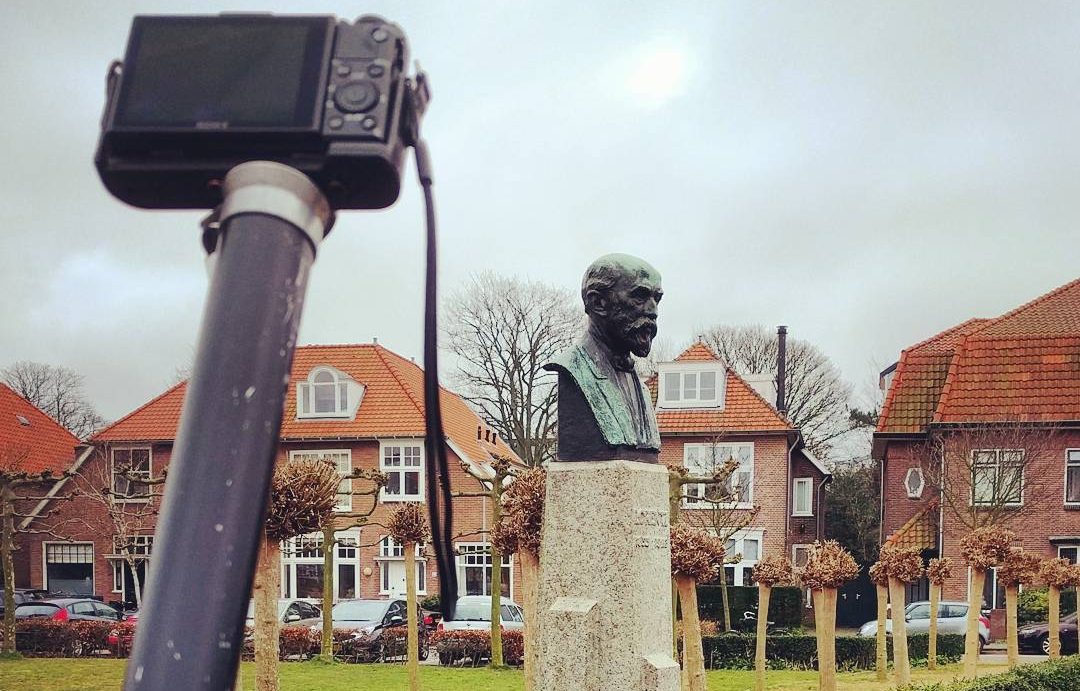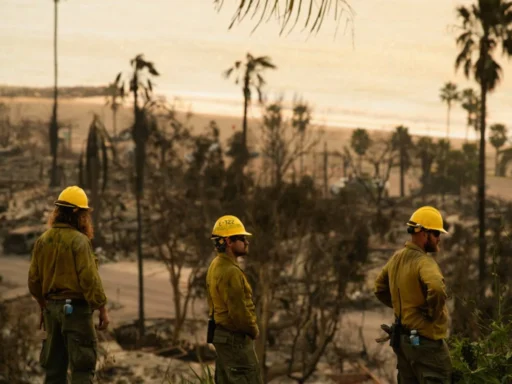In the world of digital data capture, the term Digital Twins is thrown around like confetti. ‘It’s a common enough phrase, what’s the problem?’ we hear you ask.
The issue is that it doesn’t have a clear definition. Depending on where you look, Digital Twins could be 3D models of watermelons, or heavy machinery models with real-time data feedback.
So, which is correct? As we’ll explain, the answer may be both. If you’re not technology-curious or a stickler for concise wording, turn back now… things are about to get technical.
Defining the ‘Digital Twin’
Meaning I (the mainstream one): Any 3D model
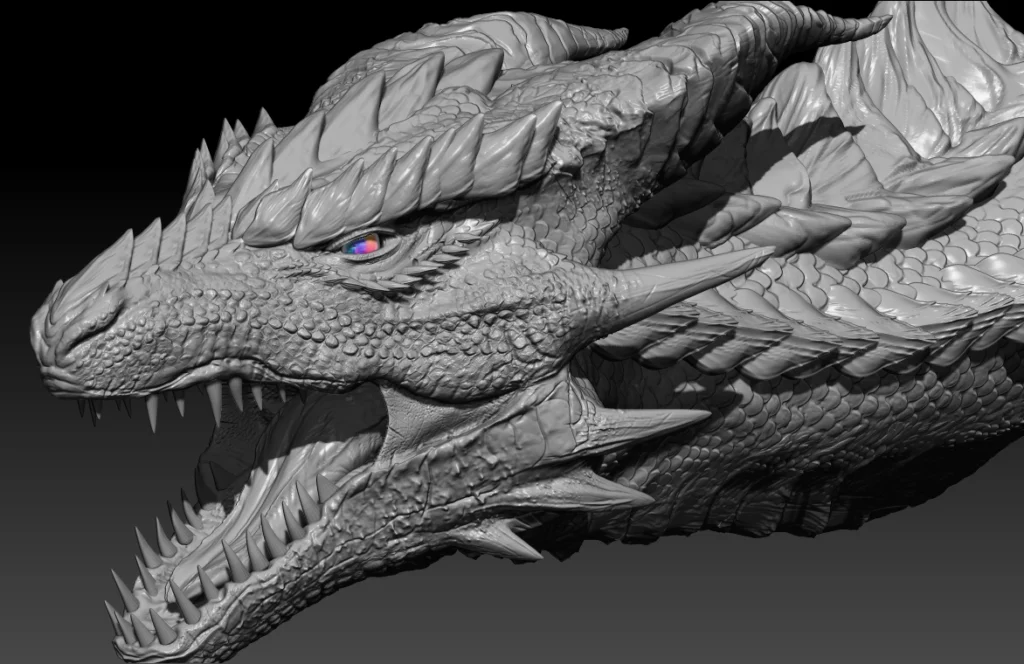
By Digital Twins, most people mean 3D models of real-life people or objects. These could be anything from character models for video games to parts for reverse engineering.
Of course, there is a marketing element to this discussion. If everything is a virtual twin, it’s easier to sell the products required for digitization to a broad customer base. On the flipside, this definition is logically sound… a virtual copy of something is technically a ‘Digital Twin!’
Meaning II: Digital Twins for real-time monitoring
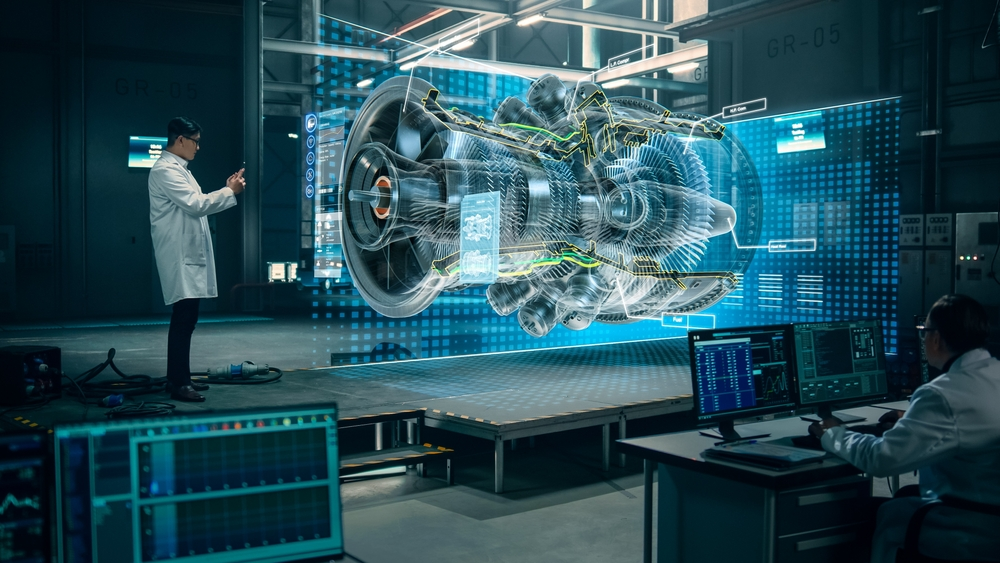
The more precise definition (used by those annoyed about the prevalence of the other one), is a part, assembly, machine, or process model, updated in real-time by sensors attached to the genuine article.
In practice, this could mean monitoring the performance of individual components, subsystems, or end-to-end workflows. That’s the exciting thing about these Digital Twins, they uncover insights with the potential to improve manufacturing performance across entire factories.
How do you actually make Digital Twins?
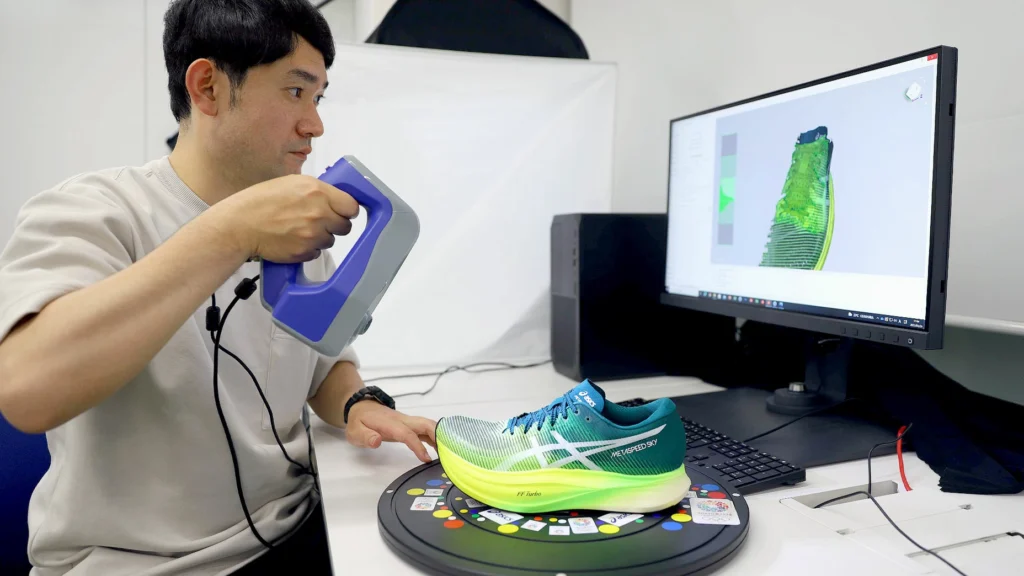
Depending on which meaning you run with, there are plenty of ways to create Digital Twins.
Willing to put the time and effort in? It’s possible to creatively sculpt 3D models, but faster workflows are available. With photogrammetry, you can combine photos taken from multiple angles, and merge them into detail-rich models using specialized algorithms.
3D scanning takes this digital approach a step further, allowing for the even faster, more accurate capture of objects, people, and places. The technology also picks up sufficient geometry data for the creation of the Digital Twins needed for real-time monitoring.
Compared to computational methods, 3D scanning is similarly much quicker at creating such industrial models, taking minutes or hours (for entire spaces) rather than months.
When it comes to turning captured data into fully-featured models, there are plenty of software options available. For CAD design engineers, there’s SOLIDWORKS, CATIA, and Fusion360.
If you’re looking for something more bespoke, there are dedicated programs like Reality Capture for CGI and video game modeling, or AWS IoT TwinMaker for industrial users.
You can even create Digital Twins with your smartphone using popular apps like Polycam, although these include fewer editing options, and result in more superficial 3D models. For results that pair great geometry with highly detailed texture capture, you can always switch to 3D scanners like the wireless, AI-powered Artec Leo – albeit at a higher price.
Where can you use Digital Twins?
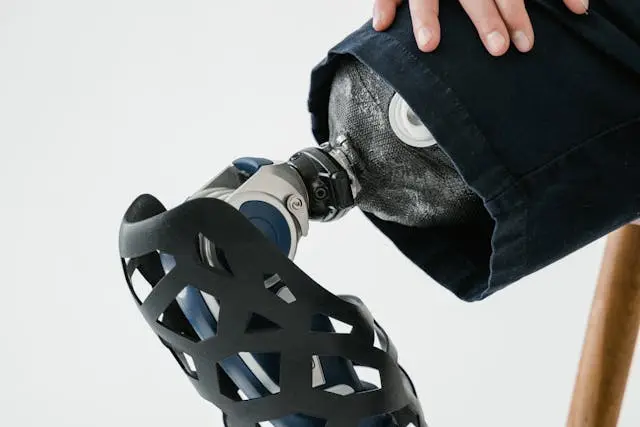
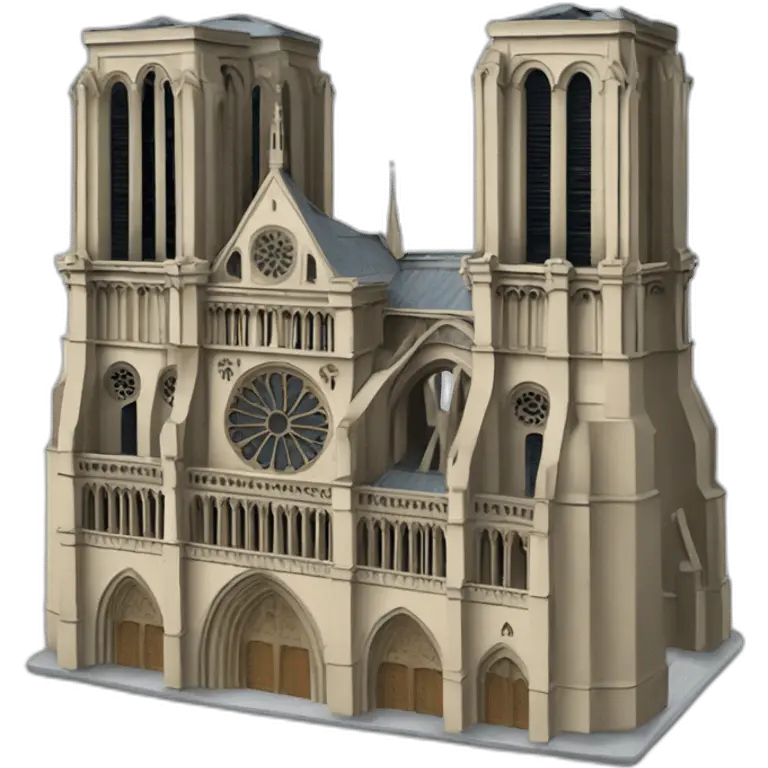

Applications is where the two kinds of Digital Twin really drift apart. 3D models can be used pretty much everywhere (hence the term Digital Twin can be applied to almost any model).
In healthcare, this could be in the creation of custom prosthetics or the design of 3D printed surgical aids. Architecture 3D models preserve historic sites and unlock BIM opportunities, while digitizing crime scenes allows for forensic analysis long after evidence has been cleared away.
Regular 3D models can also be used in the same field as more advanced industrial Digital Twins (making it even harder to distinguish between the two). Reverse engineering damaged and defunct parts, for example, makes it possible to redesign, inspect, and reproduce them.
However, real-time monitoring Digital Twins are used slightly differently. With RFID tags, they allow for inventory to be managed virtually. Likewise, tracking manufacturing workflows using captured machinery data provides valuable insights, vital to optimizing efficiency. Wherever they’re used, these Digital Twins can also be combined to form a completely digitized workflow or Internet of Things (IoT) – hence they’re seen as the future by many in the industrial space.
What next for Digital Twins?
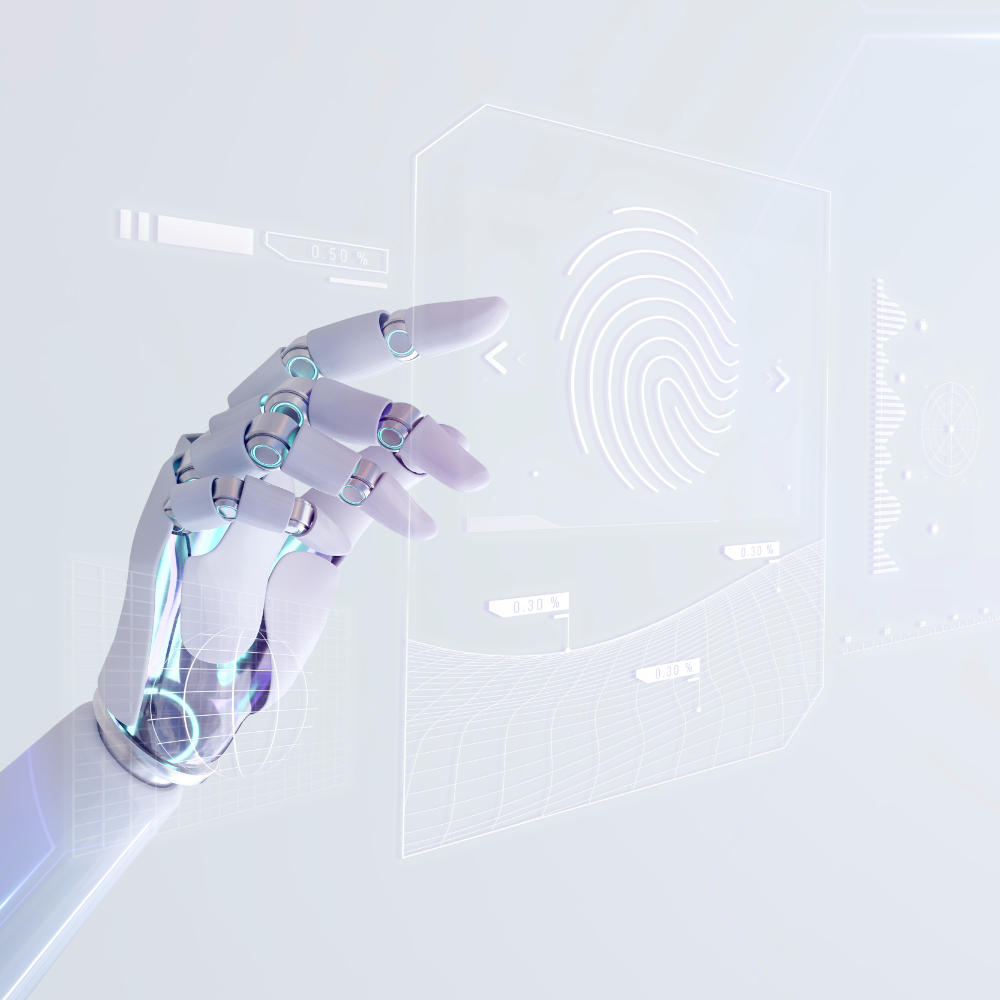
Before we get ahead of ourselves and start talking about the future of manufacturing, let’s return to the subject of defining Digital Twins. With all of the above in mind, can we give these models a single catch-all meaning? Ermm, sadly not. But that’s also pretty appropriate.
Wherever you look – from aerospace and automotive to consumer product design – Digital Twins of all varieties continue to find new applications. As 3D modeling hardware and software advances, this phenomenon is only going to accelerate. So in future, we may not really need to define dataset differences, it will be more a case of ‘what isn’t made using Digital Twins?’

